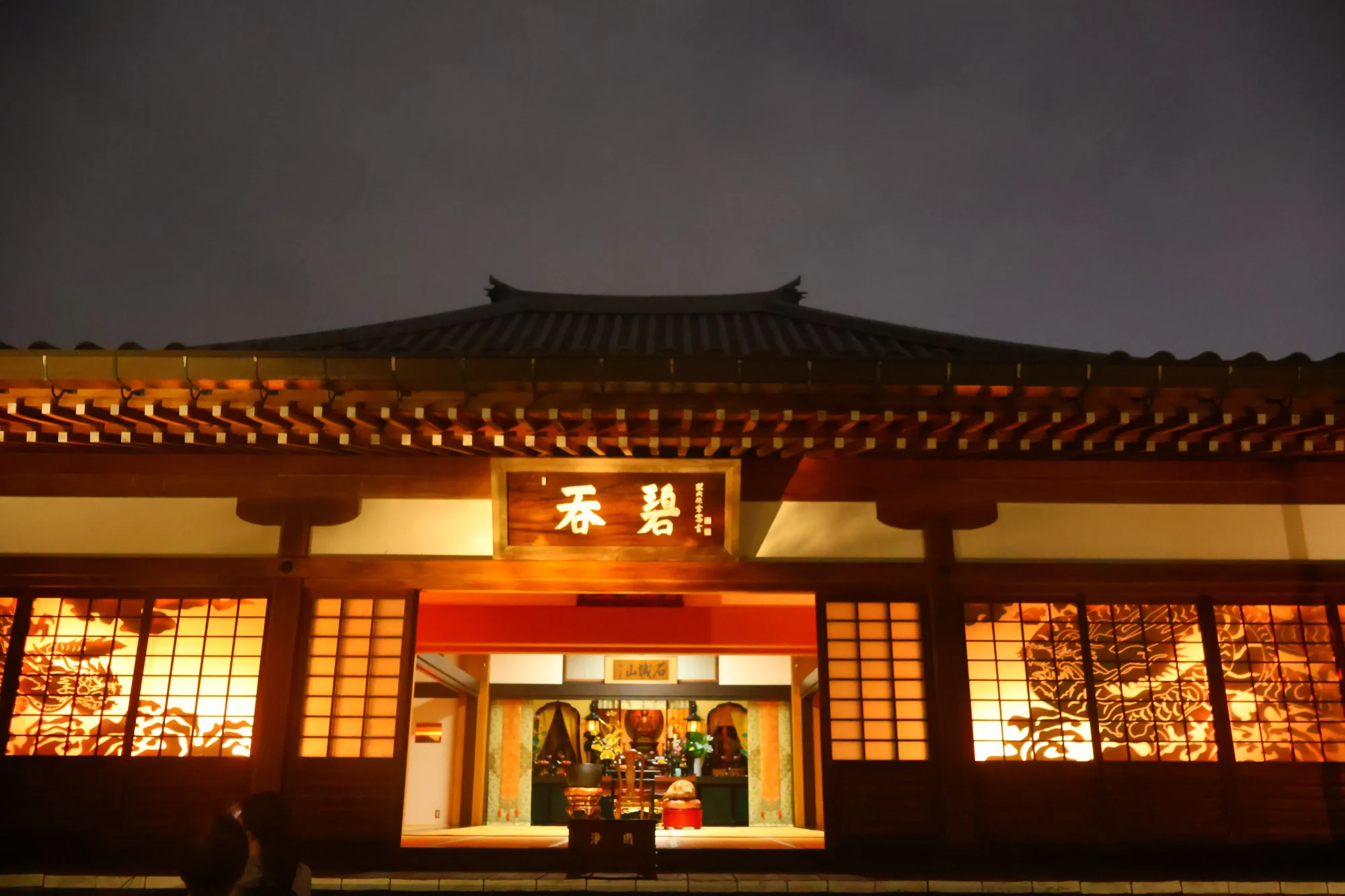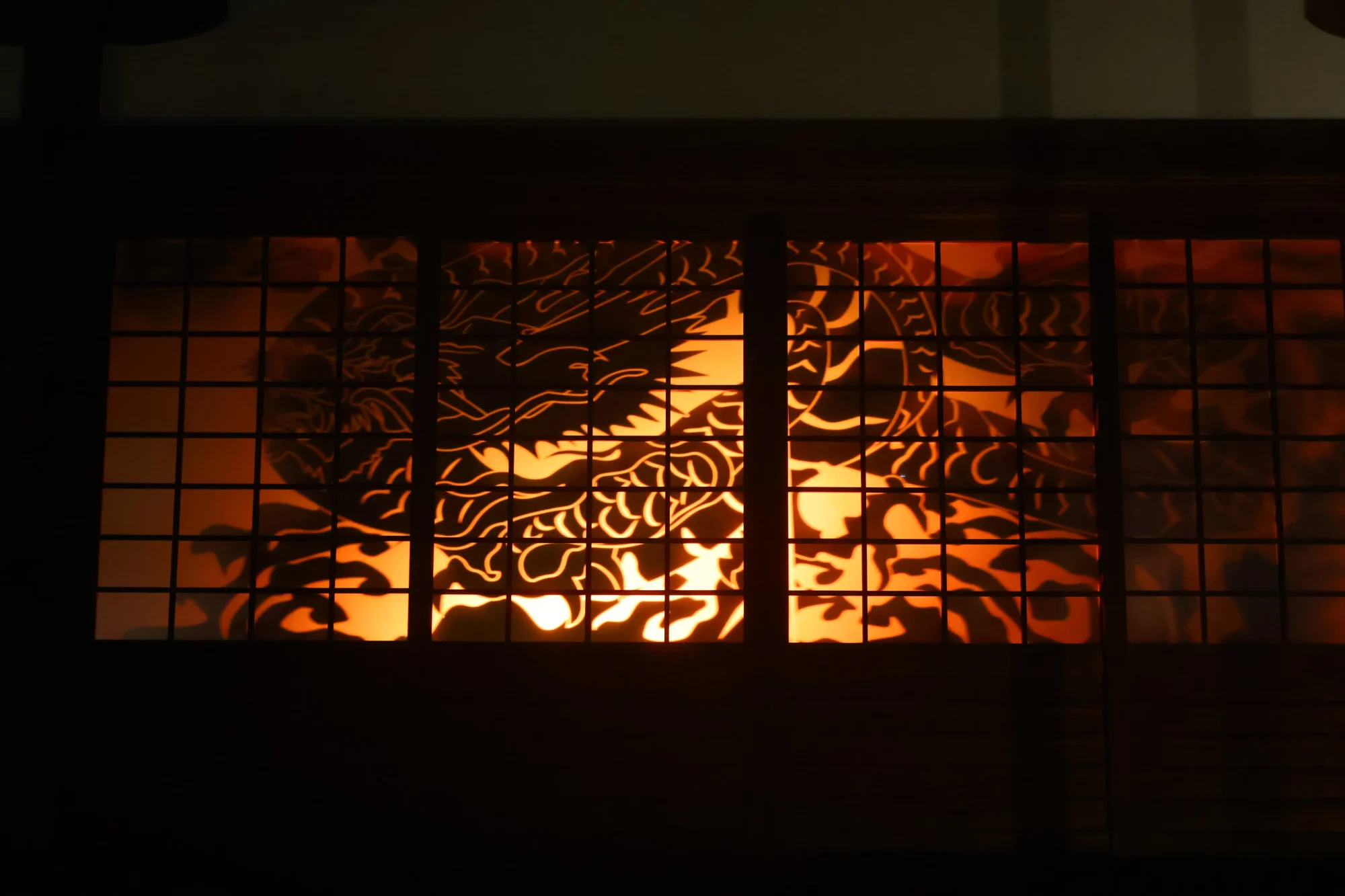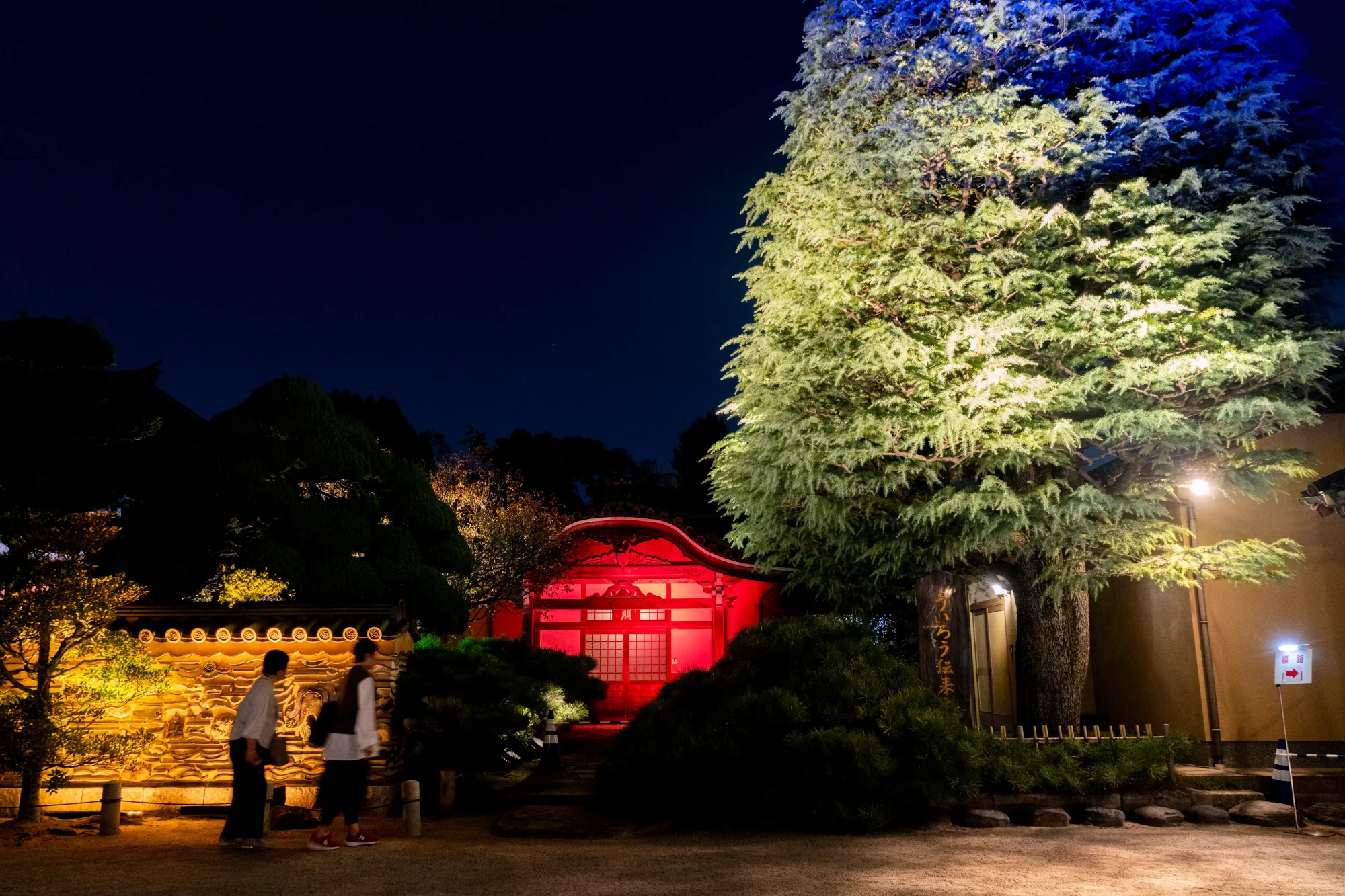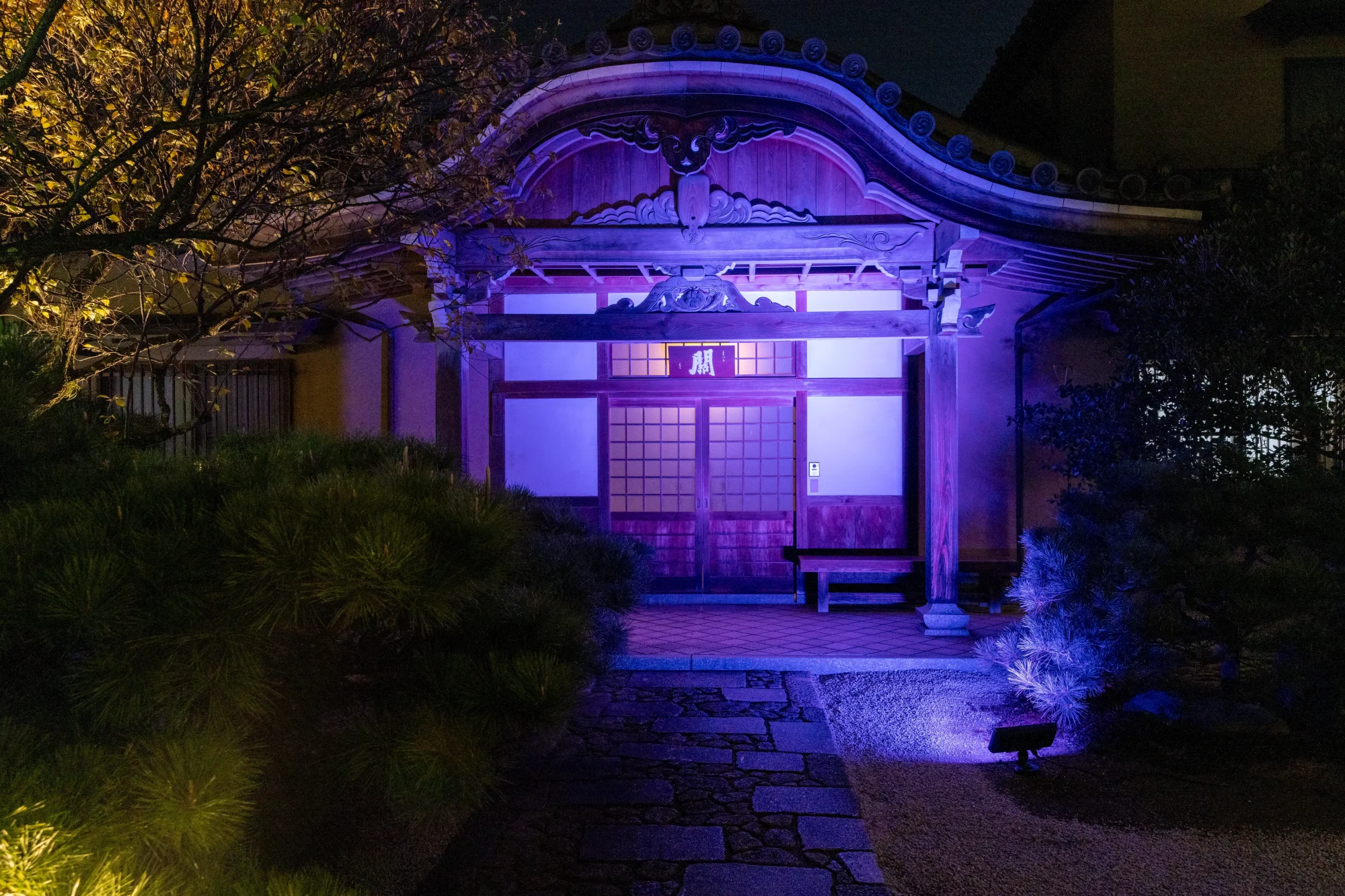Paid venue
Myorakuji Temple

Temple Explanation
Rinzai sect, Daitoku-ji school. It was founded in Shōwa 5 (1316) by Gesshō Sōki, a prominent disciple of the esteemed monk Daiō Kokushi. The mountain name ‘Sekijōzan’ is derived from the stone fortifications (defense walls against the Mongol invasions) and was originally built on the seaside of Hakata. Serving as a diplomatic base for trade with Ming China, it, along with other Zen temples such as Jōten-ji and Shōfuku-ji, was used as lodging for diplomatic missions, including envoys to Ming China, while they stayed in Hakata.Address
13-6 Gokyushocho, Hakata Ward, Fukuoka City, Fukuoka Prefecture
Nearest station/bus stop subway
4-minute walk from Gion Station (subway)」
Hakata Uirou!
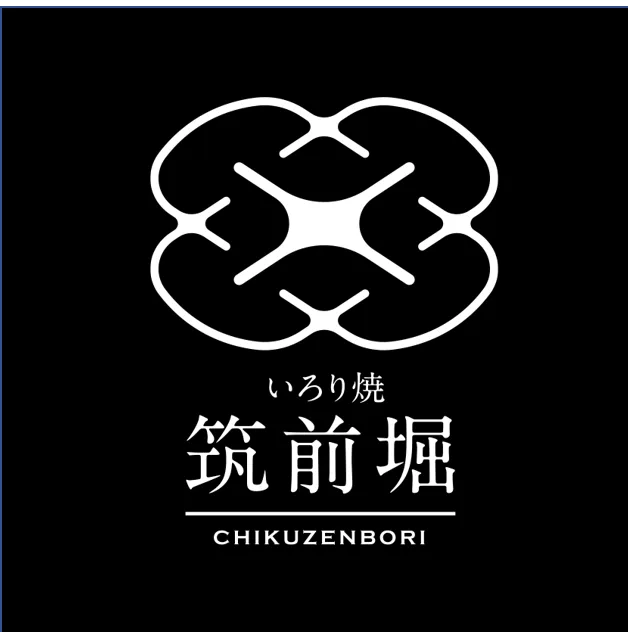
Chikuzenbori Hakata Uirou
Hakata Uirou will be sold during the event at Myorakuji, the birthplace of uirou!
How about taking home some uirou as a souvenir from the Light-Up Walk?
【About Chikuzenbori】
In 1587, when Kuroda Kanbei and Ishida Mitsunari, under orders from Toyotomi Hideyoshi, rebuilt the town of Hakata, which had been devastated by the wars of the Sengoku period, they used rubble and stones to construct earthen walls. This is the uniquely Hakata-style wall known as Hakatahei.
※※The sales location is inside the Myorakuji paid venue, so only those who have a ticket can make purchases.
※The photos are for illustrative purposes. The products sold on the day may differ.
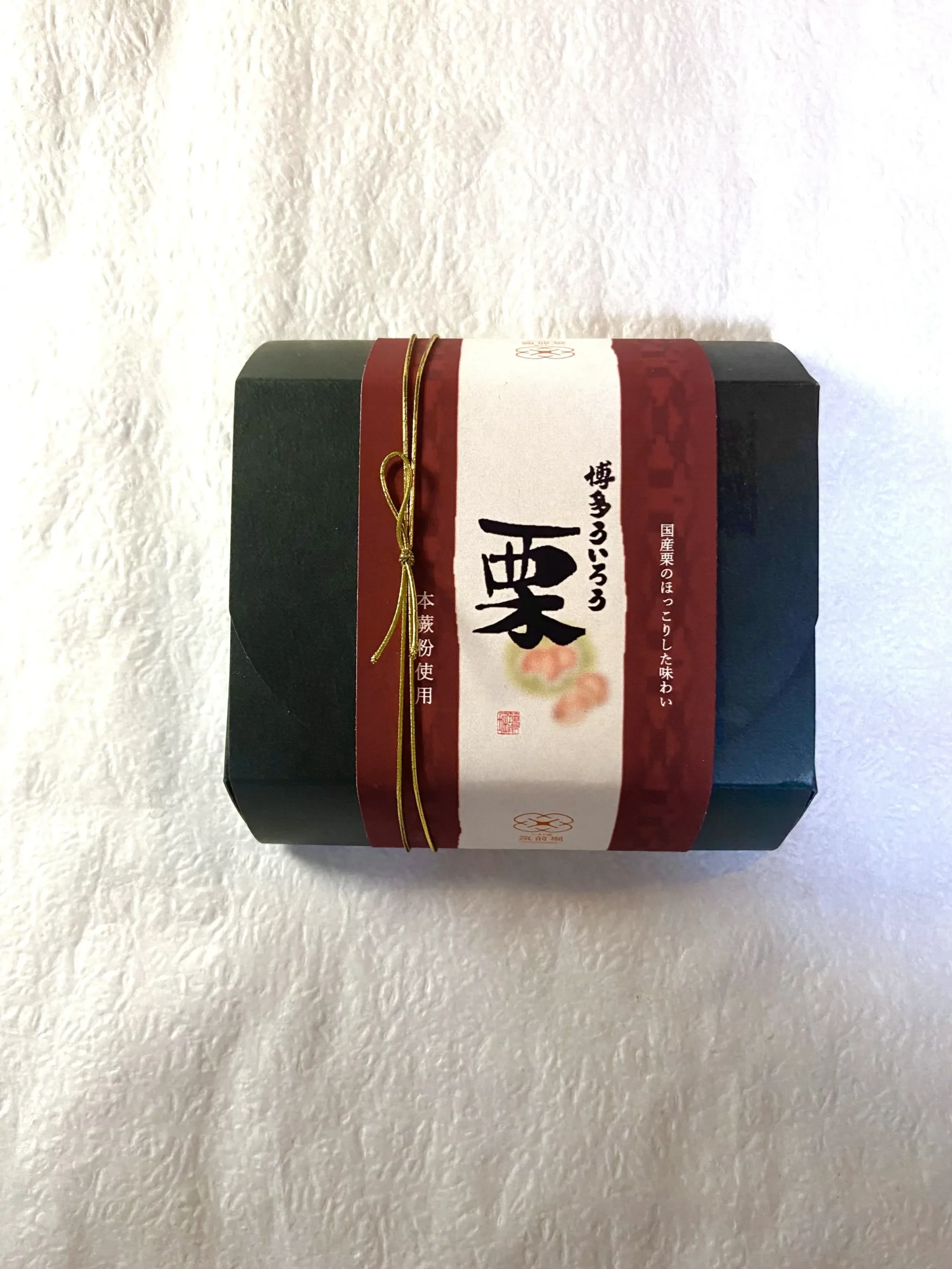
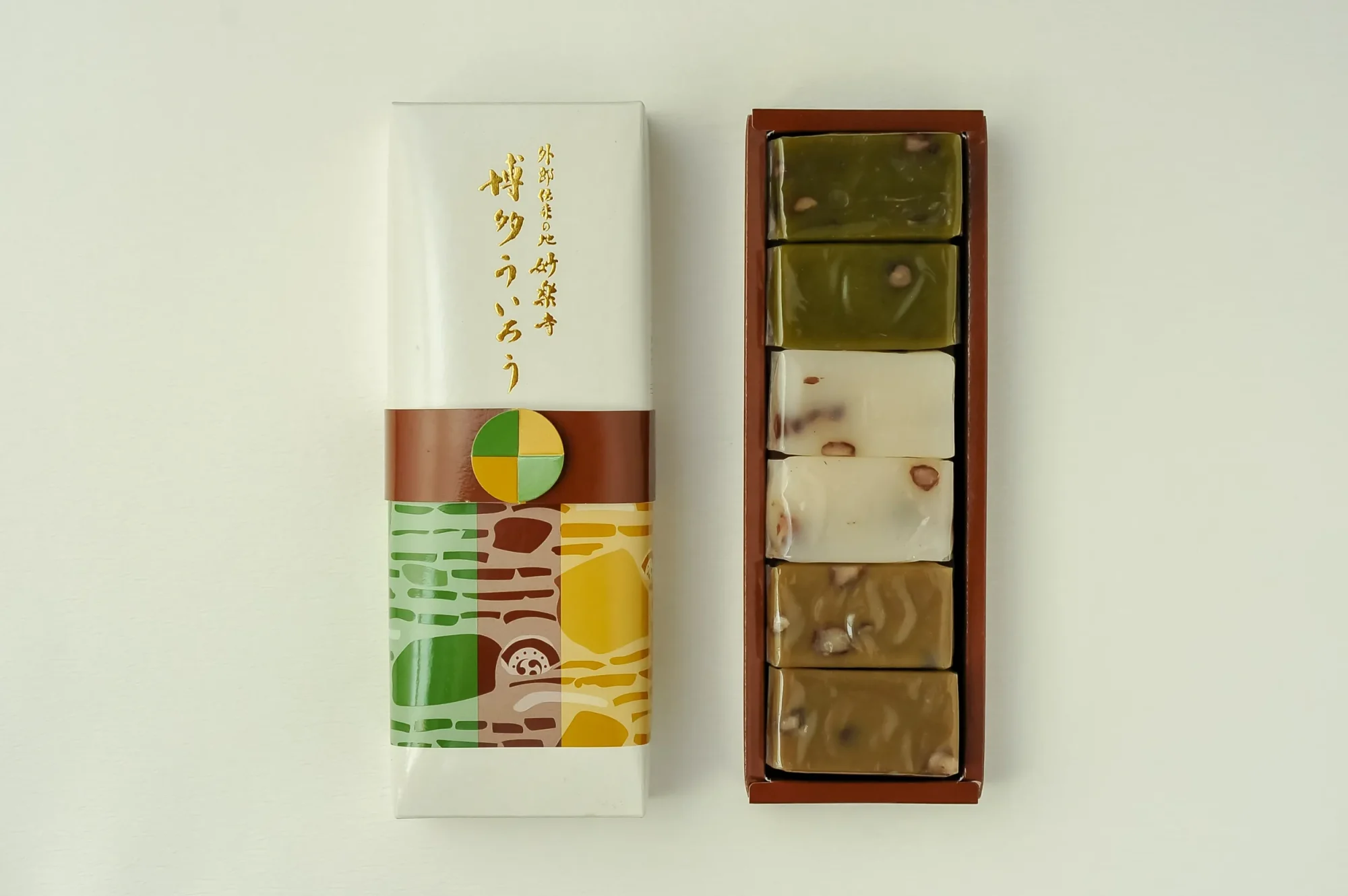
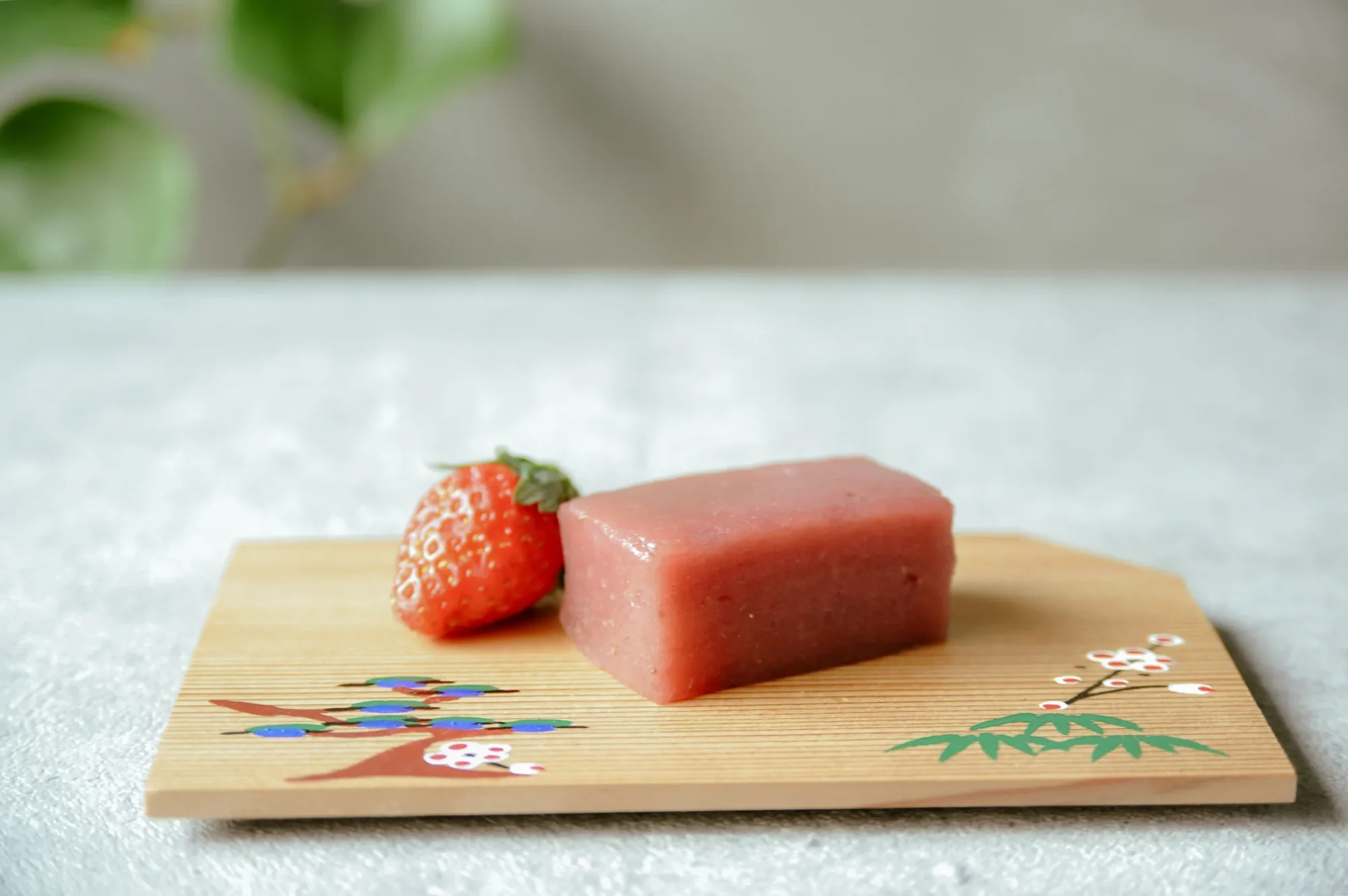
Lighting Point
On the night when gentle light drapes the trees standing in the garden, centered around the stately Himalayan cedar, the light sways as if breathing slowly, as if the trees themselves are embracing life and gently enveloping people. In the warm space woven by nature and light, quietly turn your heart to the “invisible life” that thrives at Myoraku-ji Temple.

